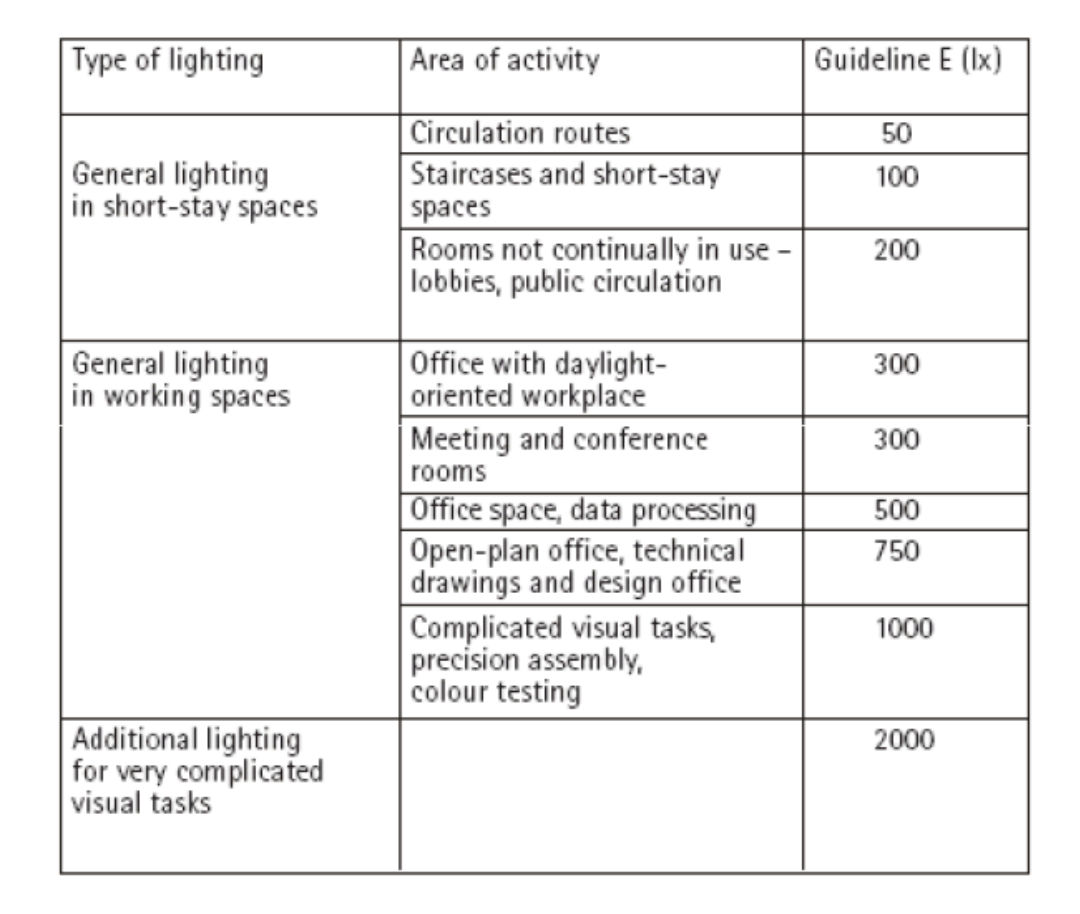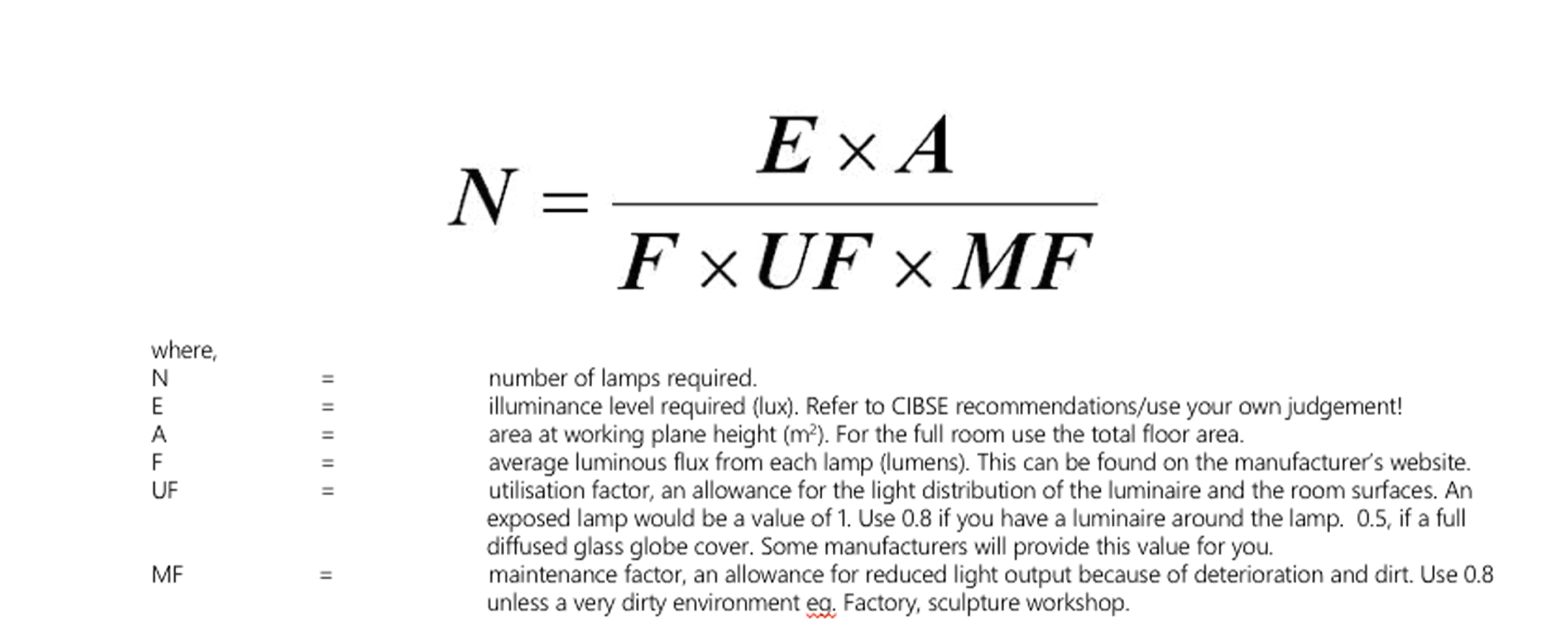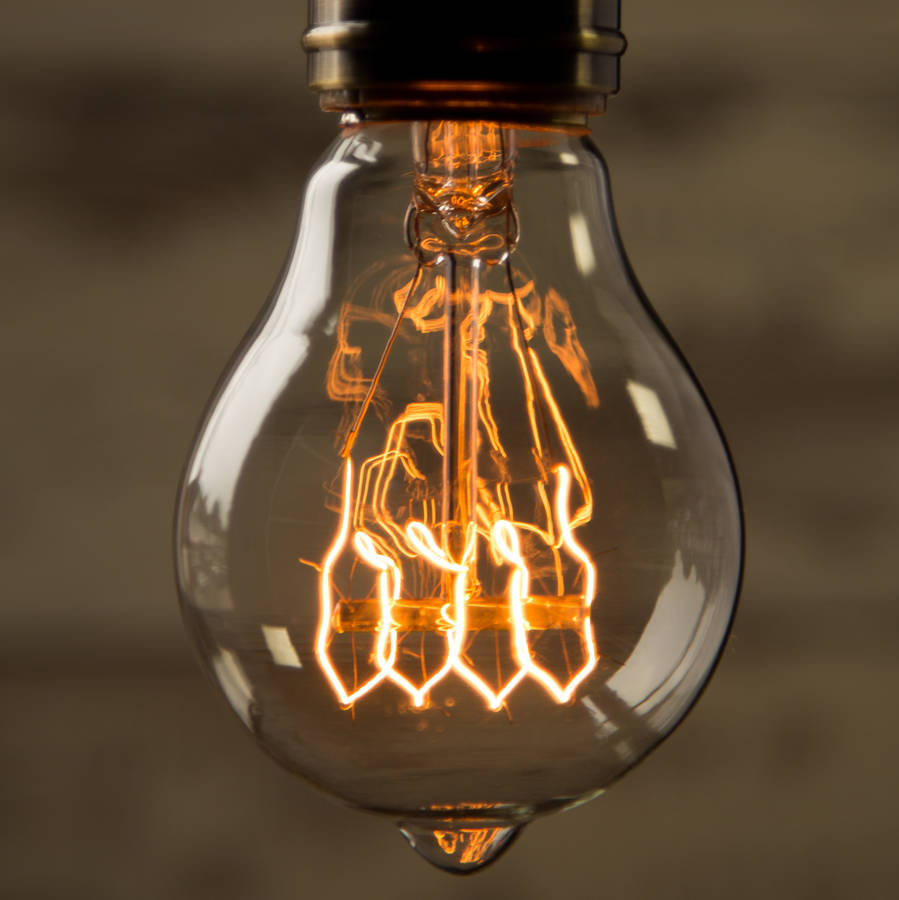In this class, the teacher mentioned more practical content and application. In a real scene, how should we calculate the number of lamps and lux levels you aim to achieve?
We need to obtain three data: the area of the space (SQM), the Lux level you aim to achieve, and the use of linear Fluorescent batten (T5).

In general, each functional space has its standard or suggested Lux level. This information can be found in CIBSE Code for Interior Lighting.

What follows is a three-way equation with three unknowns. Once we know the inspiration data, the third unknown can be calculated by an equation transformation.
After that, the Luminous flux of the appropriate lamps can be found for division operation, and the final result can be obtained. Note that this result is the number of bulbs and not the total number of lamps. Sometimes lamps contain more than one bulb. And in the same way, we can solve for a third unknown quantity if we know any two known quantities.



Leave a Reply